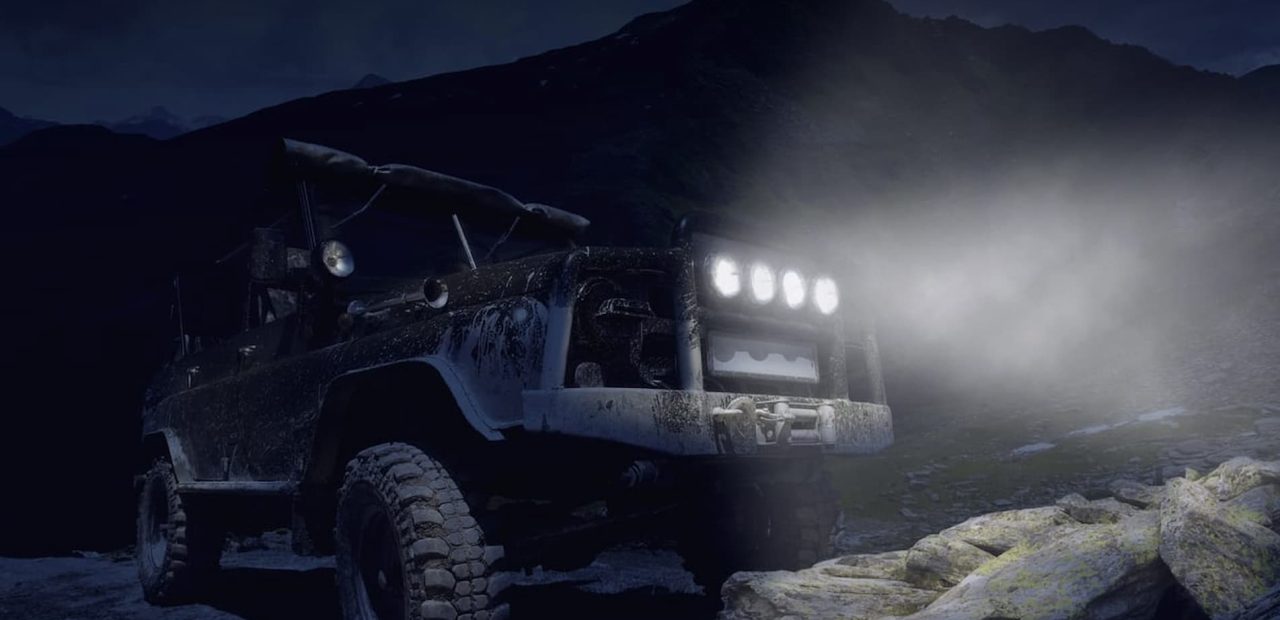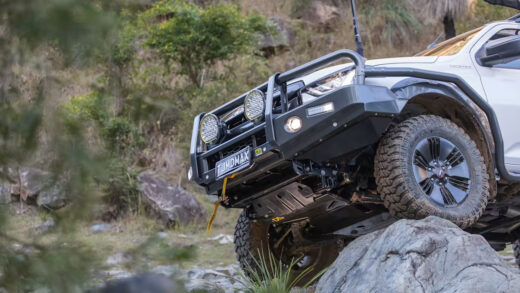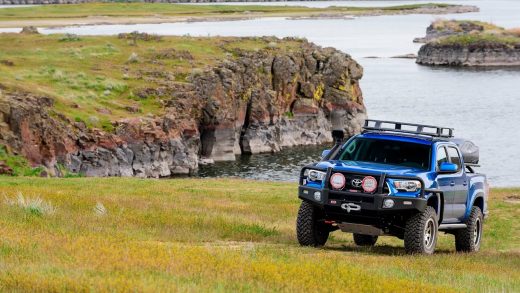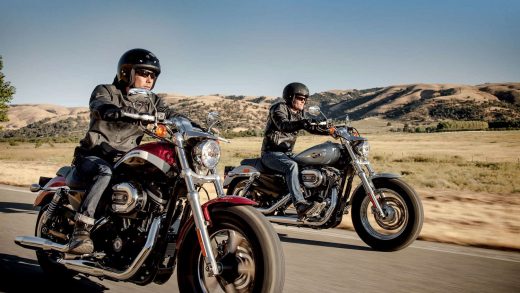4×4 Lighting: A Guide to Buying 4×4 Driving Lights Based on Type, Pattern and Mounting Method
No matter whether you use your 4×4 for off-roading, camping or as a workhorse, driving and working at night can oftentimes require extra lights. 4×4 lighting can be of immense help for those driving off the beaten trail or poorly lit paths, where visibility is limited. For this reason, aftermarket light manufacturers have come with a wide range of solutions to make trips, as well as work with your 4×4 easier.
Nowadays, LED 4×4 lighting is at the forefront of vehicle illumination. LEDs can help you see far into the distance, allowing you to spot fallen trees, obstacles, animals and sharp corners, giving you time to maneuver around them. If your path isn’t properly illuminated, it can pose a serious threat to you, and those you share the road with. Why LEDs? Simply because they’re the strongest, most durable and most efficient lights today.
That being said, here’s everything you need to know about 4×4 driving and work lights, and everything you may need to know in order to make the right buying decision.
Contents
LED vs HID vs Halogen: What’s the Difference?
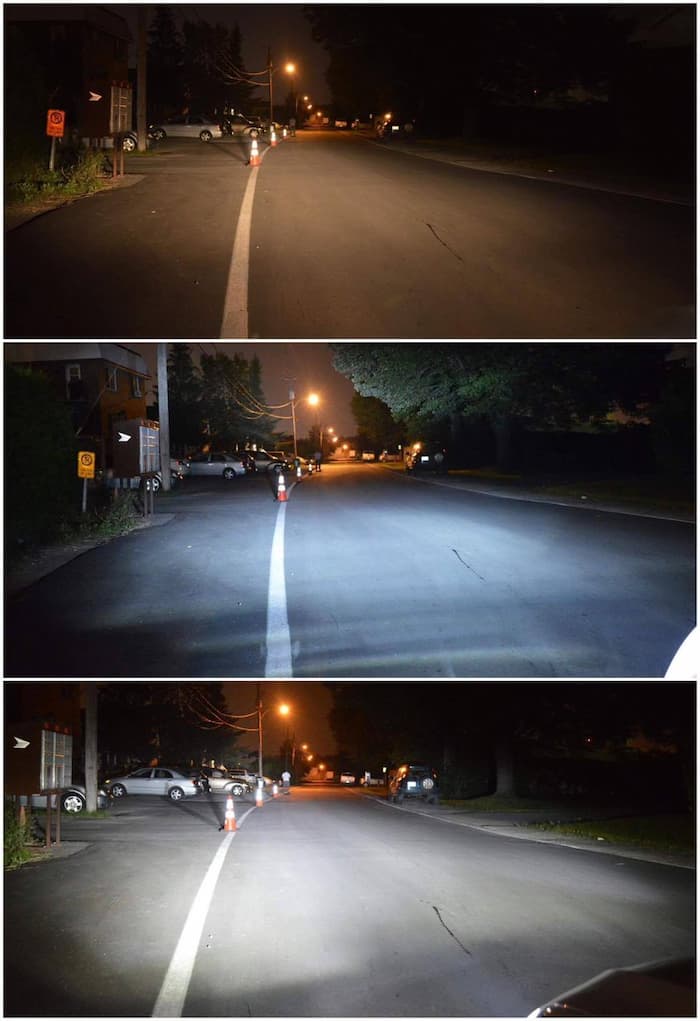
As aforementioned, LED lights are the most durable, efficient and quite powerful. However, they’re the most expensive option, which is the main reason people are turned off by them. For those interested in serious off-roading though, they’re the number one choice regardless. LEDs are available in a wide range of shapes and sizes, and they produce bright lights similar to daylight. As a result, they don’t strain the eyes as much.
Halogen lights, on the other hand, produce a more dimmed/yellowish light, and they consume more power to illuminate less light. They also aren’t as shock and vibration resistant as LEDs, which is why they aren’t really suited for use outside of paved roads.
Then, there are HID lights, which provide as much (or more) illumination as LEDs, but they require a few moments to reach their full potential. HID lights may require extra electronics to work properly, which can add up to their overall cost.
Beam Pattern

LED lights are extremely versatile, and feature a wide range of beam patterns. That being said, you have to consider what you’ll use them for.
Auxiliary driving lights, for instance, provide a beam both up close and far away, giving you overall visibility when driving. They use similar lenses to regular headlights, but provide better light and are multi-purpose.
Spot beam lights, on the other hand, feature a focused lens, making them better suited for high-speed driving and off-roading. Flood beams, on the other and, are for more twisty trail driving, as they come with fluted lenses that make the light disperse into the immediate area at a wider angle.
Then, there are work beam lights, which are similar to food beam lights. However, the key difference is their flexibility, as they’re designed with smaller light elements. Their lenses are shaped, even and fluted, so the light covers a wide angle at a short distance. These lights are ideal for performing work close to your 4×4, or for use as campsite lighting.
Last but not least, there are hybrid beam lights, which feature spot beams at the centre, and flood beams at the edges. This provides the best lighting for off-roading. Some also feature amber fog lights, which cut through dust and fog without reflecting.
Where to Mount Them?
Personal preference and available space will be the two deciding factors to answer this question. However, make sure you also think about your needs and the type of beam pattern. The most common areas to mount 4×4 lights are the front bumper (bull bar) and the windshield. These spots are ideal for fixing spot beam patterns to spread the light to a larger distance and area. Flood beams, on the other hand, are best mounted up high. This is because you’ll want to spread them to the sides in order to enhance visibility when cornering. However, this can cause problems with hood reflections, so front bumpers may work better in your case. Fog lights should be mounted as low as possible, like the under-section of your front bumper.
If your 4×4 has a roof rack, then you can mount lights on it, too. Work beam lights are best mounted on the roof rack, and you can also place light bars on it.
Conclusion
4×4 lights come in a wide range of shapes, sizes and forms, providing the illumination you need, no matter what environment you drive in. As long as you know what your needs are, you’re bound to find 4×4 driving lights that will match them. LED lights are especially popular nowadays, as they’re the most powerful, durable and energy-efficient. While you may pay a premium price for LEDs, you’ll get a premium product that will last you for years to come.

